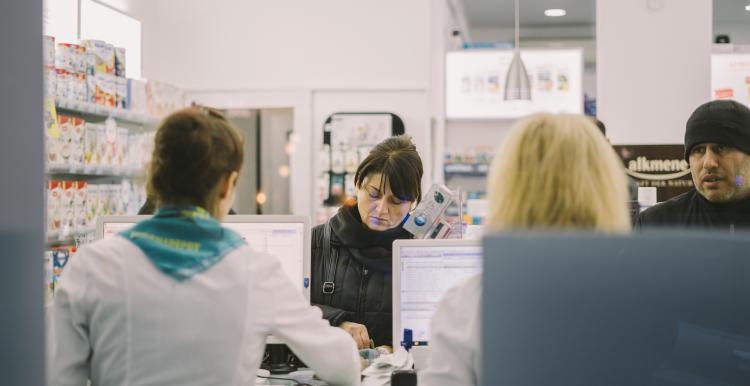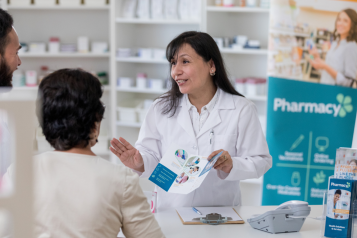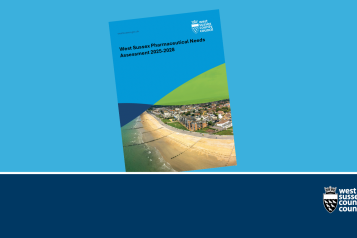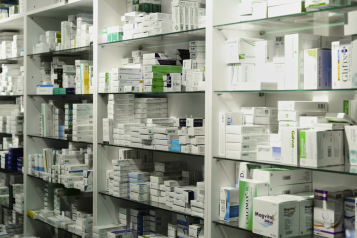Pharmacy First launch: what you need to know
Pharmacy First has been officially launched this week, offering the public the chance to get treatment for seven common conditions from pharmacies instead of GPs.

There were 9,800 consultations provided to patients by pharmacists on the first day of the scheme, according to NHS England (NHSE).
Pharmacists are limited to treating certain age groups for each of the seven conditions, and in one case, only women:
-
sinusitis (for patients aged 12 years and over only)
-
sore throat (aged 5+)
-
earache (aged 1 year-17)
-
infected insect bite (aged 1 year+)
-
impetigo (aged 1 year +)
-
shingles (aged 18 years+)
-
uncomplicated urinary tract infections in women (aged 16-64 years)
People can self-refer or be referred from the 111 service or their GP. Pharmacists can also initiate consultations on the spot.
NHSE says the majority of England's 10,800 pharmacies have signed up in principle to deliver Pharmacy First. However they must meet certain criteria first:
This includes:
-
Familiarisation and competence with clinical pathways for the seven conditions.
-
Being able to offer a private consultation room if a patient wants a face-to-face discussion (video consultations can also be offered for six of the seven conditions)
-
Using and recording consultations on a specific NHS Pharmacy First IT system.
If a pharmacist decides a person needs a prescription-only treatment for their condition, they will supply this under patient group directions (local agreements endorsed by health professionals that set out strict protocols on who can have the medication and dosages).


